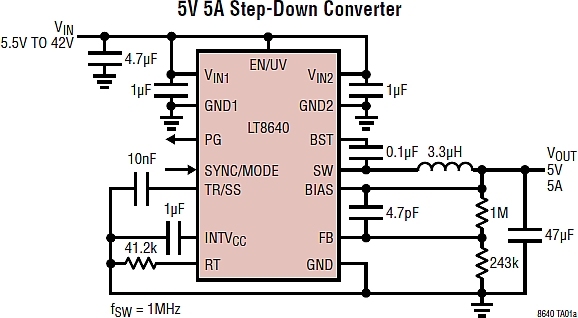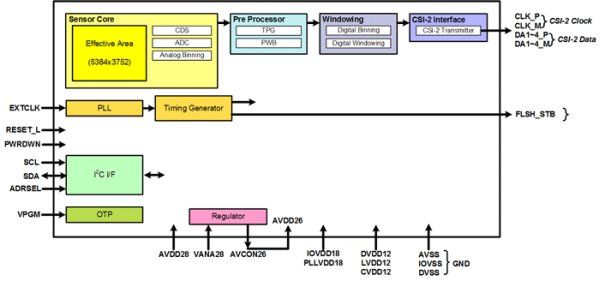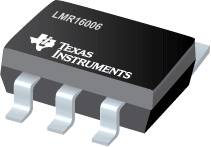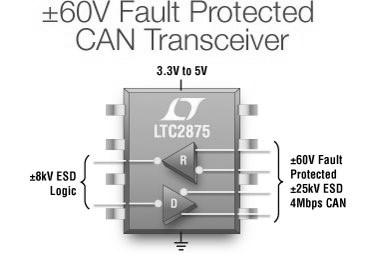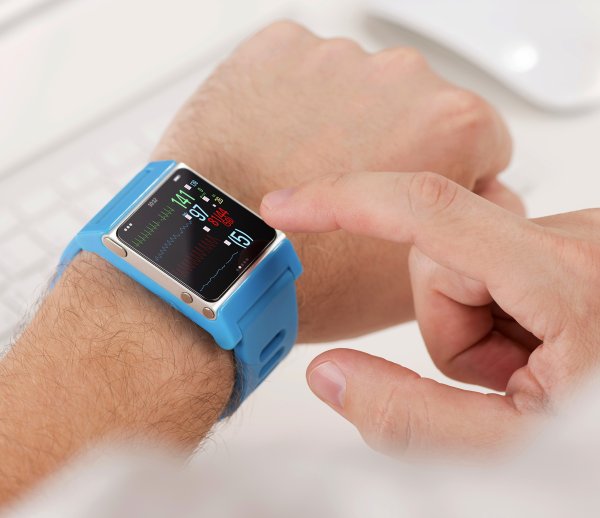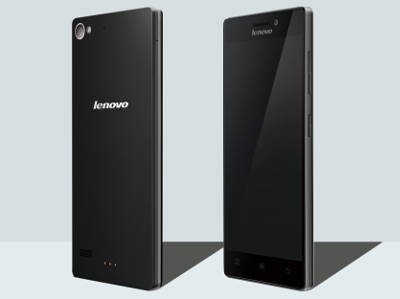Silent Switcher with high efficiency and low EMI/EMC
The latest automotive electronics boom has added many new features to engine control, entertainment, safety systems and more. In this very harsh environment that an automobile will experience, there are stringent features that need to be a part of any electronics devices is the system. At a minimum, any IC needs to see robust […]
Silent Switcher with high efficiency and low EMI/EMC Continue Reading

